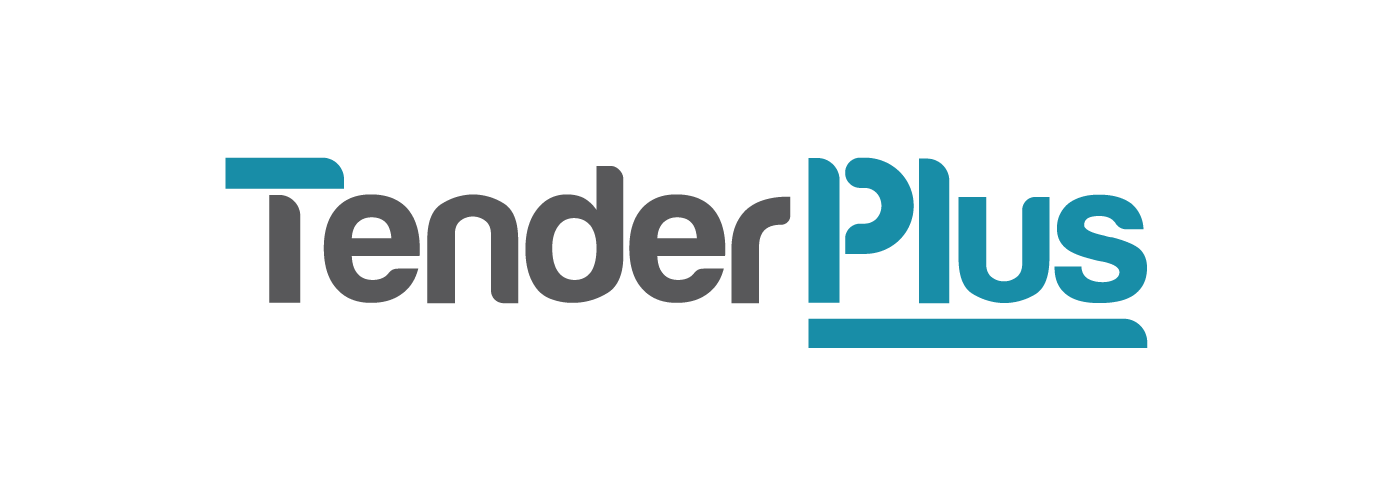Persuasive writing is the key to new opportunities
By Chelsea Steele, Senior Tender Specialist, Brisbane.
Having the knack to write persuasively is a valuable communication skill when it comes to drafting tender responses. The ability to clearly articulate your value proposition in a professional and convincing way will help you craft strong, customer-enticing tender responses and emphasise how your capability is ideally matched to support your customer’s goals.
Below are some tips and techniques to help strengthen your persuasive writing skills in the pursuit to win new business.
1. Establish yourself as an authority
Firstly, develop your organisation’s authority and credibility on the topic. Your experience and insight are valuable in determining your subject matter expertise to build trust and convincing power with the reader.
To do this, think about the capabilities and achievements of your business. Ask yourself, how can I weave examples of successful past performances on similar projects into my narrative? Will these examples solidly demonstrate our ability to deliver high-quality outcomes? Aim to establish your authority as soon as possible and always remember to….
2. Differentiate your business
One of the keys to creating high impact persuasive writing is differentiating your business from your competitors. If you don’t have a clearly defined competitive advantage, you won’t stand out from other tenderers.
Invest some time into determining the primary business reasons that customers would use your solution compared to other market players. This is what decision makers (buyers) really care about as it highlights the aspects of your offer from your customer’s point of view. And an extremely effective way to do that is to….
3. Include features and benefits
And there is a difference between the two.
A feature is a characteristic or attribute of your business solution. It is a point of difference that you believe will ultimately add value and appeal to the needs of your customers or target market.
A benefit is the value a customer gains or perceives they will gain through a specific feature of your business solution. Noting the value of a benefit is entirely at the customer’s or end-user’s discretion. Writing about the benefits to the customer takes the focus away from you and onto them.
In many cases more than one benefit can (and does) apply to one solution feature. And to successfully communicate how your offer fulfils your customer or target market needs is to….
4. Link features to benefits
These messages help readers to understand the value they can expect to receive when doing business with your organisation. And you do this by linking the features of your solution to the benefits the customer receives.
For example, “our business provides [feature of your solution], which means [benefit for customer].” The more impressive the features and benefits messages are, the more a customer realises that you understand their needs and are speaking to the critical issues they are facing. And when linking features to benefits always….
5. Quantify the benefits
Quantify wherever possible. Adding metrics makes the value proposition of your solution even stronger and more believable. These provide a measurement of the tangible benefits of your offer. For example, timeframes, dollar amounts, percentages. This is particularly important because the customer wants to see.….
6. Movement
Customers will not change unless your offer is significantly better for them compared to their current status quo. A strong value proposition always includes movement. For example, increase, cut, improve, save, develop, accelerate, reduce, balance, maximise.
These figures must be quantifiable and justifiable however, don’t round your numbers. Keep them actual as they are more authentic in representing a true reflection of the benefit to the customer.
Using these persuasive writing tips and strategies will help you to strengthen and convey the key messages of your value proposition to the customer. And having the ability to influence your customer is what will open doors and create opportunities, be it securing new or repeat business, or that step up to the next level.
